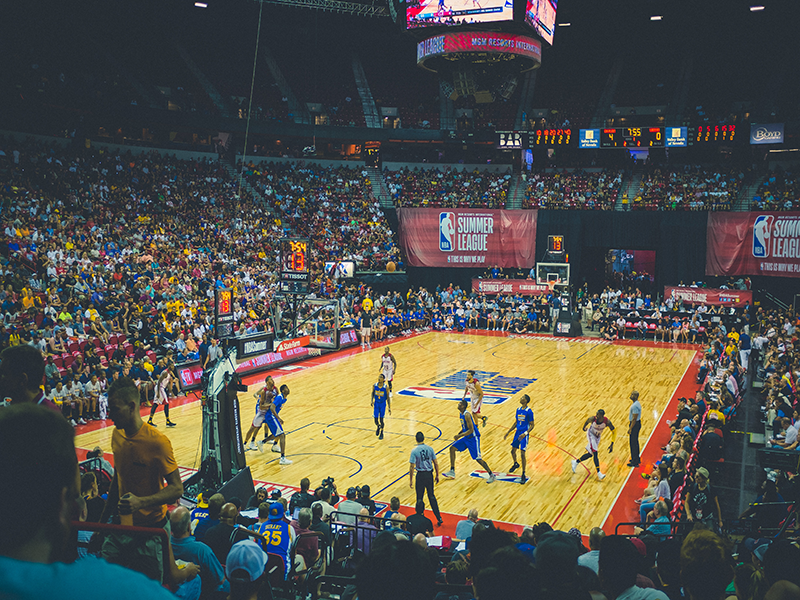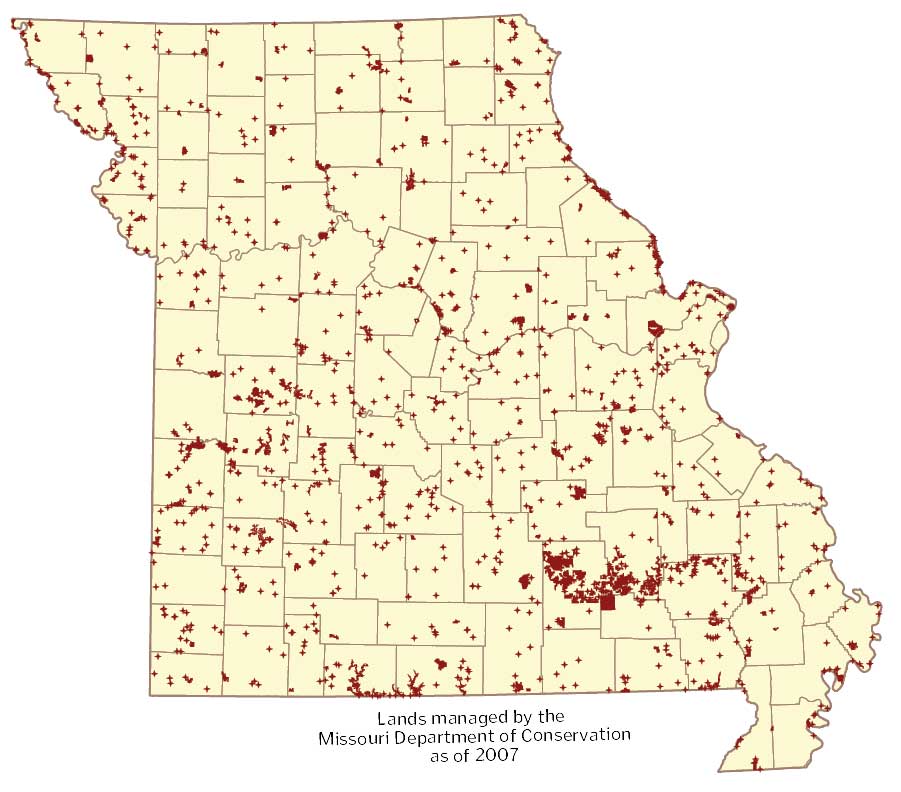Missouri made headlines as one of the key states in the running for a new test track to be built by Virgin Hyperloop One, a company that seeks to begin operating hyperloop transit capable of reaching speeds of 670 miles per hour within the next decade. Although Hyperloop One isn’t expected to make a formal announcement about the test track location until sometime this year, a feasibility study has already been conducted examining the impact of a hyperloop corridor between Kansas City and St. Louis. We spoke to Ryan Kelly, head of marketing and communications for Virgin Hyperloop One about the project and what makes Missouri a candidate for the test track.
What is the status of Hyperloop One?
We’ve come a very long way from being in a garage over five years ago to where we are today. We were the first company to show a hyperloop system in motion. We feel like this is the time to look into creating a certification track. Hopefully wherever that track is built becomes the potential global hub for export for hyperloop technology as well. What we imagine is that the different projects that we are working on start to make those connections across the US and start creating that network in the same way that the continental railroad did.
How does the technology work?
We are using magnetic levitation systems, but our proprietary technology is way more advanced than the maglev that was created in the ’70s. It’s also on demand and direct-to-destination, meaning that you’re not stopping and starting. We have the opportunity to take a step back and optimize the way that we travel, which is pretty exciting. It might feel counterintuitive because we are a mass transportation system, but smaller pods actually allow for that customization. About twenty-eight passengers per pod is what we’re proposing right now. Hyperloop is almost more akin to an autonomous lane on a highway going extremely fast. All the pods are talking to one another, and they can convoy together. If you have this main line, if we both start in Kansas City and I’m going to Columbia and you’re going to St. Louis, we’re both on that main track. We may be following each other, and the pods talk to one another digitally. It’s almost like they’re digitally connected versus that mechanized connection that you would see between train cars.
Why is Missouri a strong candidate?
It’s funny because you’ll get different answers from different people even within Hyperloop One. Your engineers are going to focus on land. Flat, straight, and available is really ideal. We have been extremely impressed with Missouri as far as their ability to look into the future and think about where the state goes next and how it stays competitive. They have been really communicative with us. I think Missouri has the right approach where you have public partners, you have private partners, and they’re trying to build this consortium.
Why should we pursue a hyperloop project over, say, a high-speed rail project?
I’ll go with differences. We are two to three times as fast as high-speed rail. We are 100 percent electric. We’re about five to ten times more energy efficient than a plane and go just as fast. The other thing is that on-demand and direct-to-destination opportunity. We can also move more than 16,000 passengers per hour.
Photo // Virgin Hyperloop One
Related Posts
Kansas City Kings
November 10, 1974 is the first game of the NBA Kansas City Kings
This is Our Missouri
A photo project helps commemorate the bicentennial.
STATE-TISTICS: Conservation Areas in Missouri
Conservation areas by the numbers



